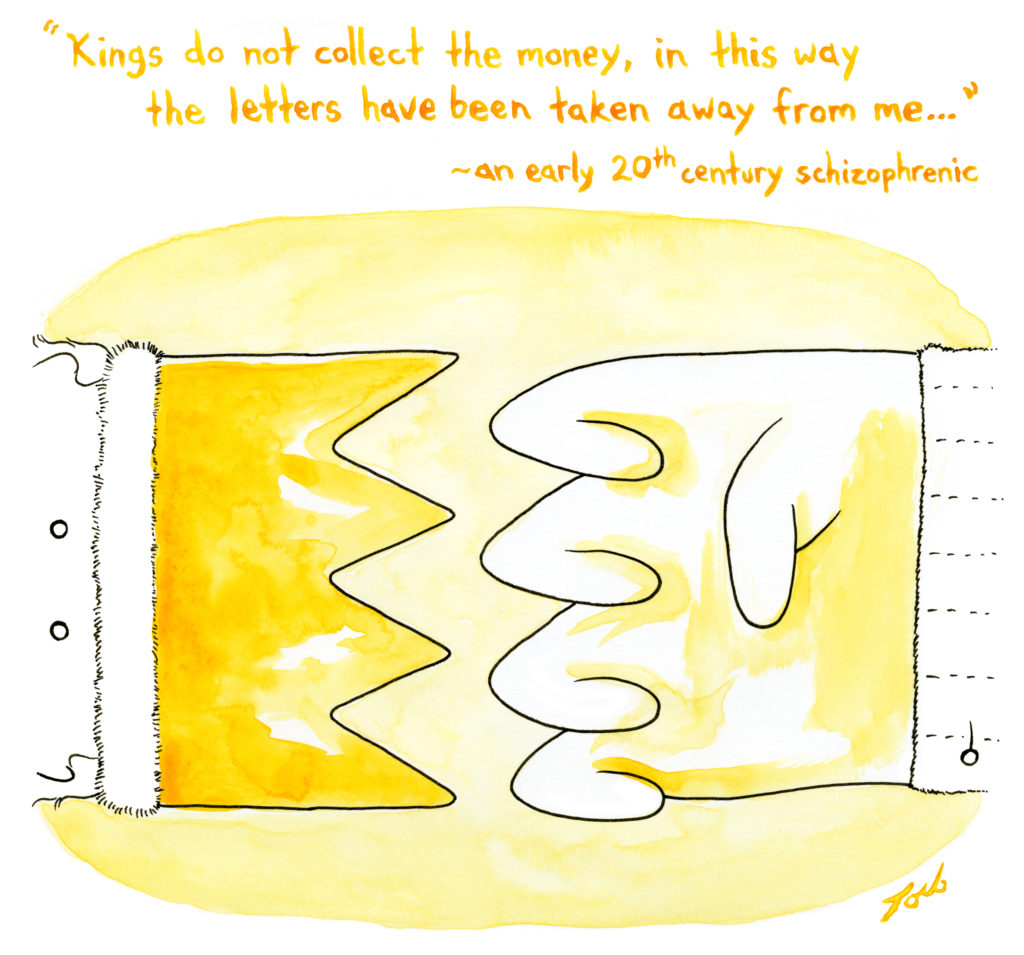NASA's car-sized Perseverance rover is Mister, Do It With Me, Not With Mommaking a hard slog.
The space agency's robot is fighting both steep and slippery terrain as it ascends the wall of Mars' Jezero Crater, the site of once vigorously flowing water. The Mars rover is headed to more sites that may reveal whether the Red Planet ever hosted microbial life. It took advantage of the elevation to capture an expansive vista of its 3.5-year-journey.
"The image not only shows our past and present, but also shows the biggest challenge to getting where we want to be in the future," Rick Welch, Perseverance’s deputy project manager, said in a statement. "If you look at the right side of the mosaic, you begin to get an idea what we’re dealing with. Mars didn’t want to make it easy for anyone to get to the top of this ridge."
The mosaic below shows dozens of sites of exploration significance (as well as other Mars landmarks) as Perseverance and its six metallic tires rumbled across the Martian desert — a place now 1,000times drier than the driest desert on Earth. The labels can be tough to read, so the broad vista is followed up by two close-ups: An area showing where NASA's experimental and record-breaking Ingenuity helicopter crashed, and the region where the rover dramatically landed in 2021.
 An annotated image from the Perseverance rover showing significant spots on the robot's journey through the Jezero Crater. Credit: NASA / JPL-Caltech / ASU / MSSS
An annotated image from the Perseverance rover showing significant spots on the robot's journey through the Jezero Crater. Credit: NASA / JPL-Caltech / ASU / MSSS  At center-right, the "Ingenuity" label shows where the small robotic helicopter rests in the desert after 72 successful flights. Credit: NASA / JPL-Caltech / ASU / MSSS
At center-right, the "Ingenuity" label shows where the small robotic helicopter rests in the desert after 72 successful flights. Credit: NASA / JPL-Caltech / ASU / MSSS  At center, the location of the Perseverance rover's landing site in 2021. Credit: NASA / JPL-Caltech / ASU / MSSS
At center, the location of the Perseverance rover's landing site in 2021. Credit: NASA / JPL-Caltech / ASU / MSSS Along its journey through Jezero Crater this year, the rover discovered a curious leopard-spotted rock that incited profound scientific interest. The unique white splotches may have been created by microbial organisms. "The rock exhibits chemical signatures and structures that could possibly have been formed by life billions of years ago when the area being explored by the rover contained running water," NASA said in a statement. But, crucially, much more research, over many years, is needed to confirm this possibility. The sample collected by the rover must be brought back to Earth — a highly complex and costly Mars Sample Return mission the agency is currently assessing.
This Tweet is currently unavailable. It might be loading or has been removed.
Ascending the crater's edge has proven daunting. The sand is loose, and the heavy rover slips. "For every two steps forward Perseverance takes, we were taking at least one step back," Camden Miller, the rover's remote driver, explained. The team has tried driving backwards up the steep terrain, and has crisscrossed back and forth across the slope, "switchbacking" like hikers traveling up a mountain.
Once the rover completes its ascent, it will sleuth out more sites that may hold clues to Mars' past climate and habitability. In the future, Martian missions will also search the planet's subsurface for hints of life: Life may have teemed, or even currently teem, in subsurface areas protected from the planet's extreme radiation and cold.
Topics NASA
(Editor: {typename type="name"/})
 Keeping Hope Alive
Keeping Hope Alive
 GoPro Hero 12 Black deal: Get the GoPro Hero 12 Black bundle for $349.99
GoPro Hero 12 Black deal: Get the GoPro Hero 12 Black bundle for $349.99
 Puerto Rico Sketchbook: The Comic
Puerto Rico Sketchbook: The Comic
 Reading the Police Blotter
Reading the Police Blotter
 How to Settle Down with Dystopia
How to Settle Down with Dystopia
NYT Connections Sports Edition hints and answers for April 17: Tips to solve Connections #206
 Connections: Sports Editionis a new version of the popular New York Times word game that seeks to te
...[Details]
Connections: Sports Editionis a new version of the popular New York Times word game that seeks to te
...[Details]
An Intimate History of America
 An Intimate History of AmericaBy Clint SmithDecember 18, 2017On HistoryArthur Rothstein, Girl at Gee
...[Details]
An Intimate History of AmericaBy Clint SmithDecember 18, 2017On HistoryArthur Rothstein, Girl at Gee
...[Details]
Best deals of the day Feb. 14: AirPods Max, 2021 iPad, Arlo video doorbell, and more
 We've rounded up the best deals we could find on Feb. 14 —here are some of our top picks:BEST
...[Details]
We've rounded up the best deals we could find on Feb. 14 —here are some of our top picks:BEST
...[Details]
Binance CEO Changpeng Zhao pleads guilty to money laundering violation, steps down
 It looks like November hasn't been such a great month for anyone who ran a large, global cryptocurre
...[Details]
It looks like November hasn't been such a great month for anyone who ran a large, global cryptocurre
...[Details]
How to Secure Your Android Phone and Get the Most Out of Smart Lock
Get 3 for the price of 2: Save on books, music, and movies at Amazon
 GET 3 FOR THE PRICE OF 2: As of Nov. 22, you can buy three books, movies, or music items for the pri
...[Details]
GET 3 FOR THE PRICE OF 2: As of Nov. 22, you can buy three books, movies, or music items for the pri
...[Details]
The Schizophrenic Sentence by Jeff Dolven
 The Schizophrenic SentenceBy Jeff DolvenDecember 14, 2017Life SentenceIn our eight-part series Life
...[Details]
The Schizophrenic SentenceBy Jeff DolvenDecember 14, 2017Life SentenceIn our eight-part series Life
...[Details]
'Bob's Burgers' Thanksgiving episodes, ranked
 "Pass the cranberry sauce, we're having mashed potatoes!" From Seinfeld and Friends to Gossip Girl a
...[Details]
"Pass the cranberry sauce, we're having mashed potatoes!" From Seinfeld and Friends to Gossip Girl a
...[Details]
The Story Behind the Home of Forgotten Video Games
 A Mother’s Ninth-Century Manual on How to Be a ManBy Edmund WhiteDecember 27, 2017Best of 2017We’re
...[Details]
A Mother’s Ninth-Century Manual on How to Be a ManBy Edmund WhiteDecember 27, 2017Best of 2017We’re
...[Details]
接受PR>=1、BR>=1,流量相当,内容相关类链接。